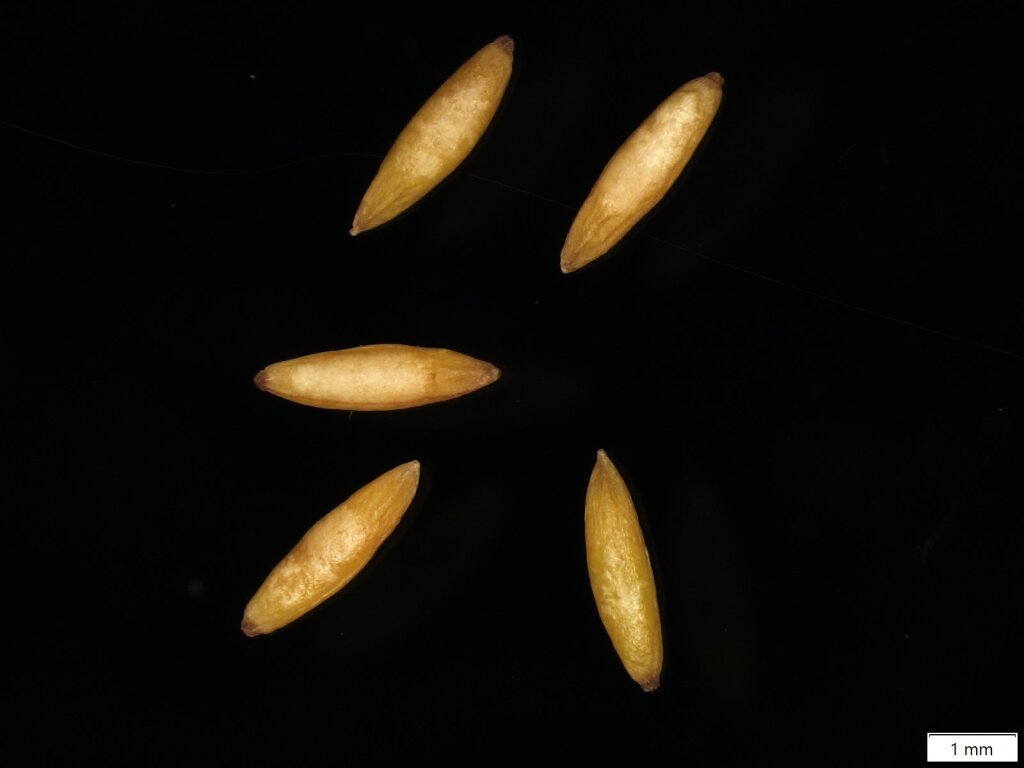Plumbaginaceae
Perennial or, rarely, annual herbs, shrubs or woody creepers. Leaves alternate, simple, entire to somewhat lobed, usually without stipules. Flowers bisexual, in racemes, panicles or cymose heads; sepals 5, largely fused into a 5- or 10-ribbed tube, the lobes usually scarious, sometimes showy and petaloid; petals 5, usually fused; stamens 5, opposite the petals; ovary superior, of 5 fused carpels, unilocular and 1-ovulate; styles 5 and free or style solitary with 5-lobed style. Fruiting spikes falling as a unit at maturity. Fruit an achene or variably dehiscent capsule, usually enclosed by the persistent calyx; seed solitary.
About 400 species in c. 12 genera, cosmopolitan but chiefly Mediterranean to central Asia; c. 10 species in 3 genera in Australia.
Walsh, N.G. (1996). Plumbaginaceae. In: Walsh, N.G.; Entwisle, T.J., Flora of Victoria Vol. 3, Dicotyledons Winteraceae to Myrtaceae, pp. 296–299. Inkata Press, Melbourne.
 Spinning
Spinning


